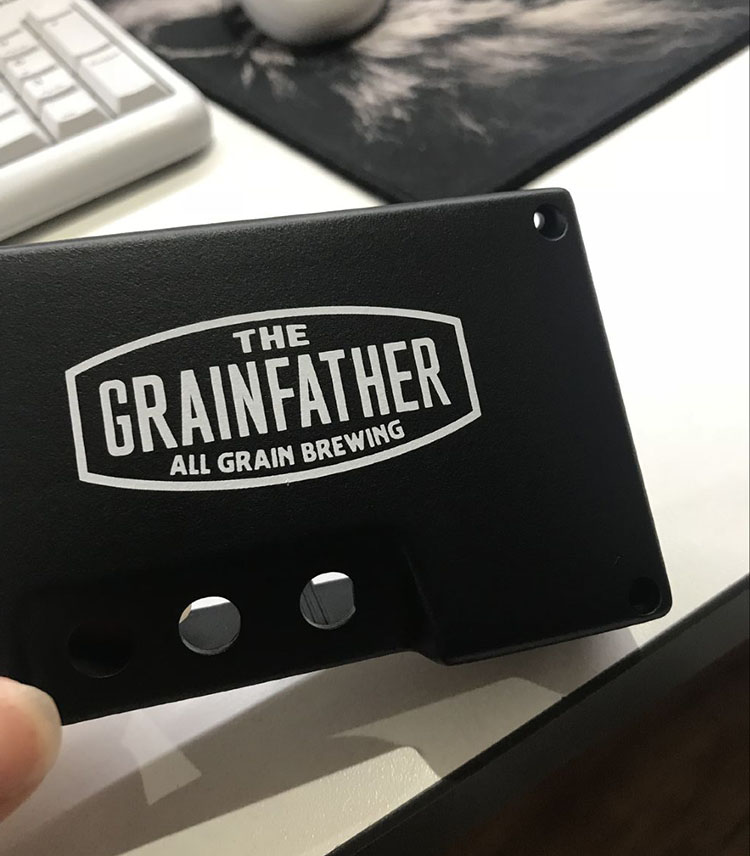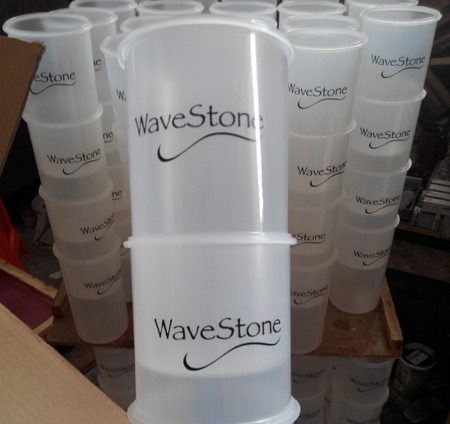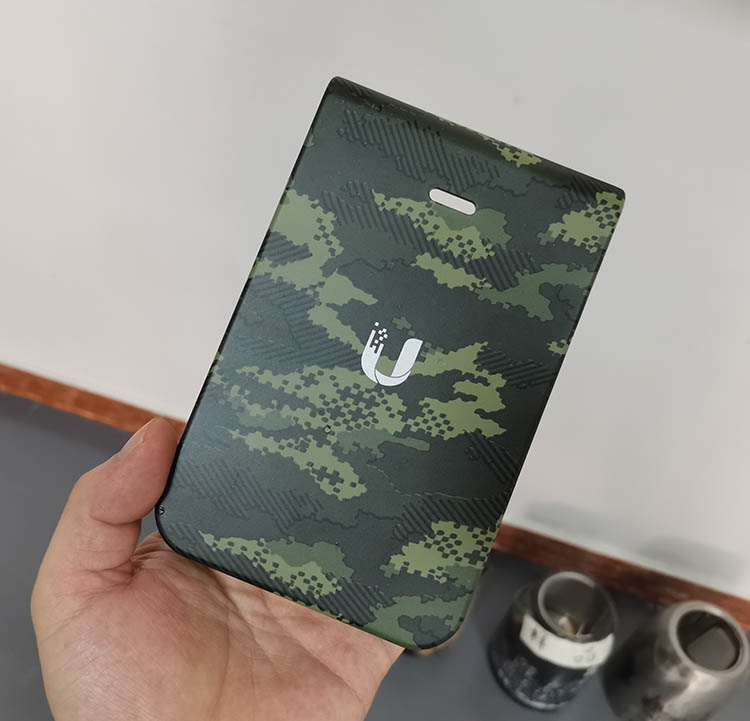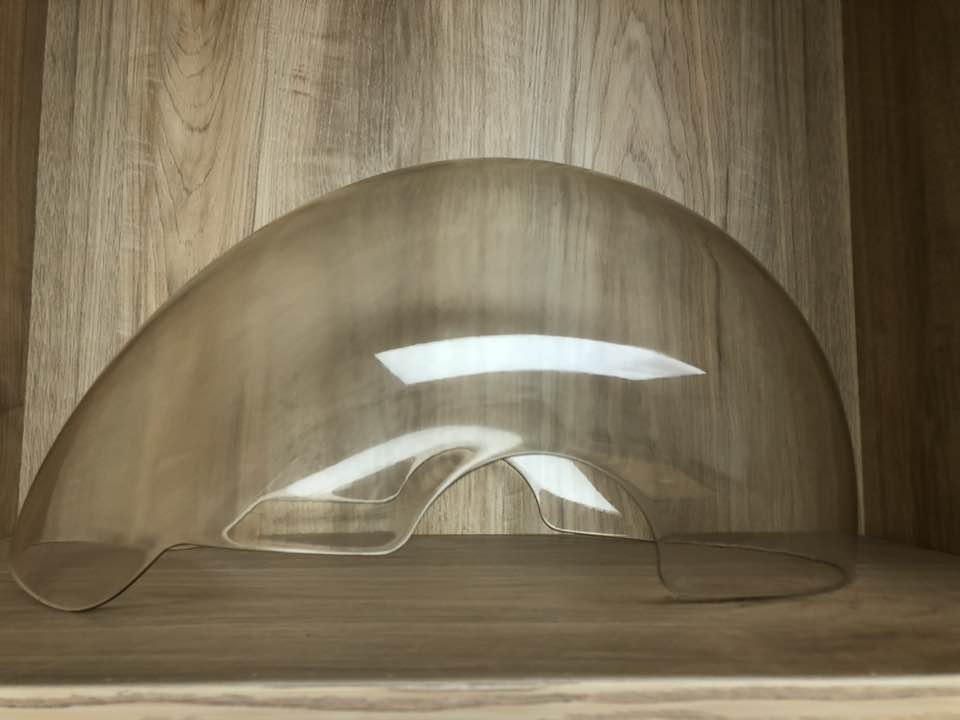
プラスチック表面処理
表面処理は、物理的または化学的方法を通じて1つ以上の特別な特性を持つ材料表面の層を形成するプロセスです。表面処理は、外観、テクスチャ、機能性、およびその他の側面の点で製品のパフォーマンスを向上させることができます。
外観:色、パターン、ロゴ、グロス/ライン(3d、2d);
テクスチャ:感触、粗さ、寿命(品質)、合理化など。
機能:硬化、アンチ指紋、アンチスクラッチ。
以下は、非金属3D印刷部品のさまざまな表面処理プロセスの詳細な紹介です。

1、スクリーン印刷
スクリーン印刷とは、一般にスクリーン印刷を指します。スクリーンは、スクリーンを基板として使用し、感光性プレート作成方法を使用して、グラフィックとテキストのあるスクリーン印刷プレートを作成します。
プロセス特性:
1.スクリーン印刷は、さまざまなタイプのインクを使用できます。すなわち、オイルベースの水ベースの合成樹脂エマルジョンタイプ、粉末およびその他のタイプのインク。
2。レイアウトはソフトです。スクリーン印刷レイアウトは柔らかく、ある程度の弾力性があり、紙や生地などの柔らかいアイテムに印刷するのに適しているだけでなく、ガラス、セラミックなどのハードアイテムに印刷するのにも適しています。
3.スクリーン印刷には、エンボス加工力が低い。印刷中に使用される圧力が低いため、脆弱なオブジェクトへの印刷にも適しています。
4.インク層は厚く、強いカバレッジがあります。
5.基質の表面形状と面積サイズに限定されません。上記のように、スクリーン印刷は、平らな表面だけでなく、湾曲または球面にも印刷できます。小さなオブジェクトに印刷するだけでなく、大きなオブジェクトに印刷するのにも適しています。この印刷方法には、優れた柔軟性と幅広い適用性があります。
応用:
スクリーン印刷には、大きなバッチサイズ、低価格、明るい色、長寿命、迅速な配達の利点があり、業界でますます認識され、広く使用されています。
家庭用家電製品、冷蔵庫、テレビ、洗濯機パネルの回路基板に関するテキスト。電化製品、包装、屋外、固定、モバイルなど、さまざまな商用広告プラットフォーム。製品の外観装飾

2、印刷を転送します
転送印刷は、特別な印刷方法の1つです。不規則で不規則な表面にテキスト、グラフィック、画像を印刷することができ、現在では特別な印刷の重要な形態になりつつあります。たとえば、携帯電話の表面にあるテキストとパターンは、この印刷方法を使用して印刷されており、コンピューターキーボード、機器、メーターなどの多くの電子製品は、トランスファー印刷を使用して印刷されます。転送印刷プロセスは非常に簡単です。鋼(または銅、熱可塑性)グラビア印刷と、シリコンゴム材料で作られた湾曲したトランスファーヘッドを使用します。グラビア印刷のインクはトランスファーヘッドの表面に浸され、目的のオブジェクトの表面に押し付けてテキスト、パターンなどを印刷します。
パッドプリンティングは、グラビアパッド印刷鋼プレート上のパターンとテキストを凹面ゴムヘッドを介して製品に伝達する間接印刷技術です。今日、それは重要な印刷技術になっています。パッド印刷技術は、最初にデザインまたは製品のパターンとテキストを印刷プレートにエッチングして、パッド印刷鋼プレートを作成します。エッチングされたパッド印刷スチールプレートは、パッド印刷機を使用して特別なパッド印刷インクでコーティングされています。余分なインクは、パッド印刷機のスクレーパーブレードで削り取られ、インクはパターンとテキストのある領域に残ります。その後、パッド印刷機はスチールプレートに降りてパターンのインクを拾い、パッド印刷ゴムヘッドが製品にシフトして下降して製品にグラフィックとテキストを印刷し、パッド印刷プロセスを完了します

3、水伝達印刷
水転送印刷技術は、印刷技術を上回る最新のデジタルイメージングテクノロジーです。ナノ材料で作られた特殊な紙と特別な環境に優しいインクを使用して、任意の媒体に画像を印刷します。その最大の技術的利点は、特殊な機器を必要とせず、媒体に限定されず、特殊な消耗品を必要とせず、高温加熱を必要としないことです。明るい色と絶対的な写真の品質を備えた、任意の固体オブジェクトまたは湾曲した表面に自由に任意の画像を印刷できます。
プロセス(実装方法):
水トランスファープリンティングは、目的の色パターンで印刷され、水面に平らに印刷された特別な化学処理フィルムです。水圧の作用を使用すると、色パターンは製品の表面に均一に伝達されます。フィルムは自動的に水に溶け、洗浄と乾燥後、透明な保護コーティングが適用されます。この時点で、製品はまったく異なる視覚効果を示します。

4、UVペイント
UV ペイントは、UV 硬化ペイントの略称で、UV 硬化型ペイントまたは光開始コーティングとしても知られています。活性期間が長く、耐黄変性に優れ、硬度が高く、透明性が高いのが特徴です。
プロセス(実装方法):
UV ワニスは透明なコーティングであり、UV ワニスとしても知られています。その機能は、基材の表面にスプレーまたはロールコートし、UVランプを照射して基材を液体状態から固体状態に変化させ、それによって表面硬化を達成することです。傷がつきにくく、表面は光沢があり美しく滑らかな質感です。